
Waco Survivors
"To honor the memory of those lost in the Waco tragedy by spreading truth, fostering understanding, and educating the public on the events of February 28th - April 19th, 1993. Through our story, we aim to build a community grounded in resilience, remembrance, and the pursuit of justice, ensuring that the lessons of history are not forgotten."
The story of Mt. Carmel, the 51 Day Seige and those who lived to tell the story
Eight Waco survivors at the 30th Memorial. April 19th, 2023
Paul, Scott, Dana, David, Heather, Sheila, Kathy and Kevin
The Waco Siege began on February 28th, 1993, when a government raid on a church near Waco, Texas led to a 51-day standoff between federal agents and members of Mount Carmel Center called the Branch Davidians. The siege ended dramatically on April 19, 1993, when fires consumed the church, leaving 82 people dead, including 25 children.
For those interested in learning more about the beliefs, history, and events of 1993, we invite you to explore the resources provided on this website. We seek to offer a voice to the other side of the story, fostering dialogue and understanding.
Branch Davidians:
A Journey of Faith and Tragedy
-
The Branch Davidians trace their roots back to the 1930s, emerging from a movement led by Victor Houteff, a member of the Seventh-day Adventist Church who believed he had received a divine revelation. This revelation called for a return to strict Biblical principles and a preparation for the imminent end times. Houteff and his followers established a community near Waco, Texas, naming it the Mount Carmel Center. After Houteff's death in 1955, leadership disputes arose. Florence Houteff, Victor's widow, led the group until 1962, when a failed prophecy about the establishment of God's kingdom led to disillusionment and division disputes led to the creation of the Branch Davidians, spearheaded by Benjamin Roden, who proclaimed new spiritual insights and further defined the group’s beliefs. After he passed, his wife Lois Roden took control of the group with what she called the New Light of the Holy Spirit feminine.
In the early 1980s, a young man named Vernon Howell joined the Branch Davidians. Howell, who later took the name David Koresh, became a central figure, claiming a special prophetic role and drawing followers with his vast knowledge and intricate interpretation of the scriptures. Koresh taught that he was the final prophet, a messianic figure chosen to unlock the mysteries of the Bible, particularly the Book of Revelation. Many that studied with him claim that he knew the scripture as if he had lived it, that he saw Genesis to Revelation panoramically as if it were all happening at once, right before his eyes. Under his leadership, the community at Mount Carmel grew, bound together by their shared faith and the belief the the kingdom of God would be set up here on earth atop Mt. Zion.on text goes here
-
The Students of the Seven Seals were dedicated to exploring the deeper meanings of the Scriptures and preparing for the setting up of Gods Kingdom on earth. Founded on the teachings of the Seventh-day Adventist Church, They believe in living a life of piety, spiritual devotion, and communal living. Under the leadership of David Koresh, they sought to create a haven, a home, the Mount Carmel Center, near Waco, Texas. The group took the teachings of the Bible literally and tried their best to live with the principles within those sacred texts. The people of Mount Carmel were deeply communal and spiritual. They were a close-knit group, committed to studying the scripture and living in accordance with Biblical teachings. They kept the Sabbath as the Jewish people, they also tried to live by the laws as found in Deuteronomy and Leviticus.
-
On February 28, 1993, the Bureau of Alcohol, Tobacco, and Firearms (ATF) attempted to raid the Mount Carmel Center, resulting in a violent exchange of gunfire. This marked the beginning of a 51-day siege by the FBI, as negotiators sought to resolve the situation peacefully. The standoff ended on April 19, 1993, when a final assault by federal agents led to a catastrophic fire, claiming the lives of 76 Branch Davidians, including David Koresh. The cause of the fire remains a point of contention, with debates over the actions of both the government and the residents of Mount Carmel.
The events at Waco left a profound impact on those who survived and the wider world, raising questions about religious freedom, government intervention, and the right to bear arms. For the survivors, it marked a moment of profound loss and a catalyst for ongoing reflection and advocacy. The story of the Branch Davidians is one of faith, community, and tragedy—a testament to the complexities of belief and the consequences of conflict.
-
From the perspective of the survivors, the events that unfolded were a result of misunderstandings and escalating tensions. We felt misunderstood and misrepresented, the religious practices and beliefs were scrutinized and sensationalized. The allegations against us, including those related to weapons stockpiling, were rooted in a lack of understanding of our way of life. It was almost like the Government were purposely trying to fulfill the prophecy of the last days as written in the Bible.
The Bible contains numerous passages that discuss the opposition faced by the people of God, often depicted as battles between the forces of good and evil. These scriptures, particularly from the books of Psalms, Isaiah, Daniel, and Revelation, resonate with themes of persecution, spiritual warfare, and the struggles of the faithful against worldly powers. These passages can be seen as echoing the experiences of the Branch Davidians during the events at Waco in 1993, where a religious community faced intense scrutiny and confrontation.
In the Psalms, there are several passages that speak to the plight of God's people as they face opposition from earthly rulers and nations. These texts often describe a world in rebellion against divine authority, conspiring against the Lord's anointed ones. This rebellion is portrayed as futile, for ultimately, God's sovereignty prevails. The Psalms express the anguish of the faithful in the face of such enmity, yet they also offer reassurance of God's protection and justice. This dynamic can be seen in the context of Waco, where the Branch Davidians perceived themselves as standing against a world that misunderstood and opposed their faith.
Isaiah's prophecies also delve into the theme of God's people being targeted by oppressive forces. The prophet speaks of a future where those loyal to God will face persecution and attacks, yet he assures them that no weapon formed against them will prosper. This imagery resonates with the notion of a spiritual battle, where divine forces protect the faithful from ultimate harm. Isaiah's messages often emphasize the inevitability of divine justice, suggesting that those who stand against God's people will eventually be defeated. This sense of divine vindication was a crucial aspect of the Branch Davidians' beliefs, particularly during the Waco siege.
The book of Daniel provides vivid apocalyptic imagery that highlights the conflict between God's people and worldly powers. Daniel describes visions of beasts and kings that symbolize empires and rulers who wage war against the saints. These visions are often interpreted as representing historical and future conflicts where the faithful endure suffering and persecution. However, Daniel also foretells the ultimate triumph of God's kingdom, brought about by a divine figure who is sometimes seen as a "final messenger" or deliverer. This eschatological hope mirrors the Branch Davidians' anticipation of a divine resolution to their earthly struggles, a belief that was central to their worldview during the events at Waco.
Revelation, perhaps the most apocalyptic book in the Bible, vividly portrays the cosmic struggle between good and evil. It describes how worldly powers, depicted as beasts and harlots, align themselves against God and His people. The book speaks of a final battle in which the forces of evil are defeated, and God's people are vindicated. This narrative includes the persecution of believers, who are called to endure faithfully despite the apparent power of their enemies. The imagery of Revelation, with its intense symbolism of warfare and ultimate victory, can be seen as reflecting the Branch Davidians' interpretation of their own experiences as a spiritual conflict, with their community at the center of a cosmic drama.
These biblical themes of persecution, divine protection, and ultimate justice resonate deeply with the story of the Branch Davidians at Waco. The group's belief in a prophetic mission and their understanding of the siege as a manifestation of spiritual warfare reflect a broader biblical narrative of the faithful enduring trials in a world often hostile to divine truth.
-
We encourage those interested in our story to seek out comprehensive and balanced accounts of what happened. It is important to recognize the complexities and nuances of the situation, rather than reducing it to a simple narrative of right and wrong. The loss of life was a tragedy felt deeply by our community and the families of all involved. Some of the best books and documentaries on the subject include, "Ashes of Waco," by Dick Reavis, "Why Waco," by James D Tabor and Eugene V Gallagher, "When They Were Mine," by Sheila Martin, edited by Catherine Wessinger,
A Journey to Waco: Autobiography of a Branch Davidian," with Catherine Wessinger and Matherw D. Wittmer. "A Survivors Story," by David Thibodeau and Leon Whiteson, "Waco, TV Mini Series on DVD," and the only Documentary that was nominated for an Oscar, "Waco, The Rules of Engagement."We strive to continue our spiritual journey and preserve the memory of those that were lost. We hope that our story serves as a reminder of the importance of understanding, tolerance, and the protection of religious freedoms. As we look towards the future, we remain committed to our faith and community, holding onto hope and seeking peace.
-
The events at Mount Carmel in Waco, Texas, in 1993 have been shrouded in controversy and conflicting narratives. As someone who lived through the siege and its aftermath, I feel compelled to address some of the most glaring contradictions between the official accounts provided by the FBI and the experiences of those who were there. These discrepancies not only raise questions about the actions taken but also about the truth that has been presented to the public.
One of the most significant points of contention involves the front door of the Mount Carmel Center. The FBI has suggested that the door, which could have contained crucial evidence regarding the direction of the initial gunfire, was either lost or destroyed in the fire that consumed the compound. However, many of us believe that the missing front door was intentionally withheld or destroyed because it could have shown that the ATF agents fired first, contrary to the official claim that the Branch Davidians initiated the violence.
Another major issue concerns the helicopters used during the initial raid. Official statements assert that these helicopters were purely for surveillance and did not fire upon the building. Yet, multiple witnesses, including survivors, have insisted that the helicopters did indeed shoot into the compound, contributing to early casualties. This discrepancy is critical, as it questions the narrative of the Branch Davidians being the aggressors and instead suggests an escalation by the authorities.
There is also the troubling account of the ATF team that shot the dogs belonging to the community. While it is acknowledged that the agents killed the dogs, the portrayal of this action as a necessary response to a threat is questionable. For many of us, the shooting of the dogs was seen as an unnecessarily aggressive act that set a violent tone for the entire operation.
The use of tear gas during the final assault is another area where official accounts and survivor testimonies diverge. The FBI has maintained that the use of CS gas was a non-lethal means to force an evacuation. However, there are serious concerns about the effects of the gas, especially on children, and whether it could have been a contributing factor to the outbreak of the fire. The suggestion that the gas could have ignited the flames directly contradicts the official narrative that the Branch Davidians started the fire themselves.
The cause of the fire remains one of the most debated aspects of the Waco siege. The FBI contends that the fire was set by the Branch Davidians, possibly as a form of suicide or to destroy evidence. Yet, many survivors and independent researchers argue that the fire could have been accidentally or deliberately caused by the actions of the FBI, whether through the use of pyrotechnic devices or structural damage inflicted by tanks. This question is crucial because it speaks to the larger issue of responsibility and the nature of the tragedy.
Initial reports about who fired the first shots have also been inconsistent. While the FBI and ATF assert that the Branch Davidians fired first, those inside the compound have consistently reported that it was the agents who initiated the gunfire, possibly through the front door. This detail is pivotal in understanding the entire incident, as it goes to the heart of the justification for the initial raid and the ensuing 51-day standoff.
Finally, there is the use of tanks during the siege. The official line is that these tanks were used to insert gas and breach walls to prompt surrender. However, the footage and testimonies from those inside suggest that the tanks did far more than this, causing significant structural damage that may have contributed to the inability of those inside to escape the fire.
These contradictions highlight the deep divide between the official narrative and the lived experiences of those who survived the Waco siege. They call into question the actions taken by the authorities and the truthfulness of the information provided to the public. As a survivor, it is vital to address these issues not only for historical accuracy but also for justice and understanding.

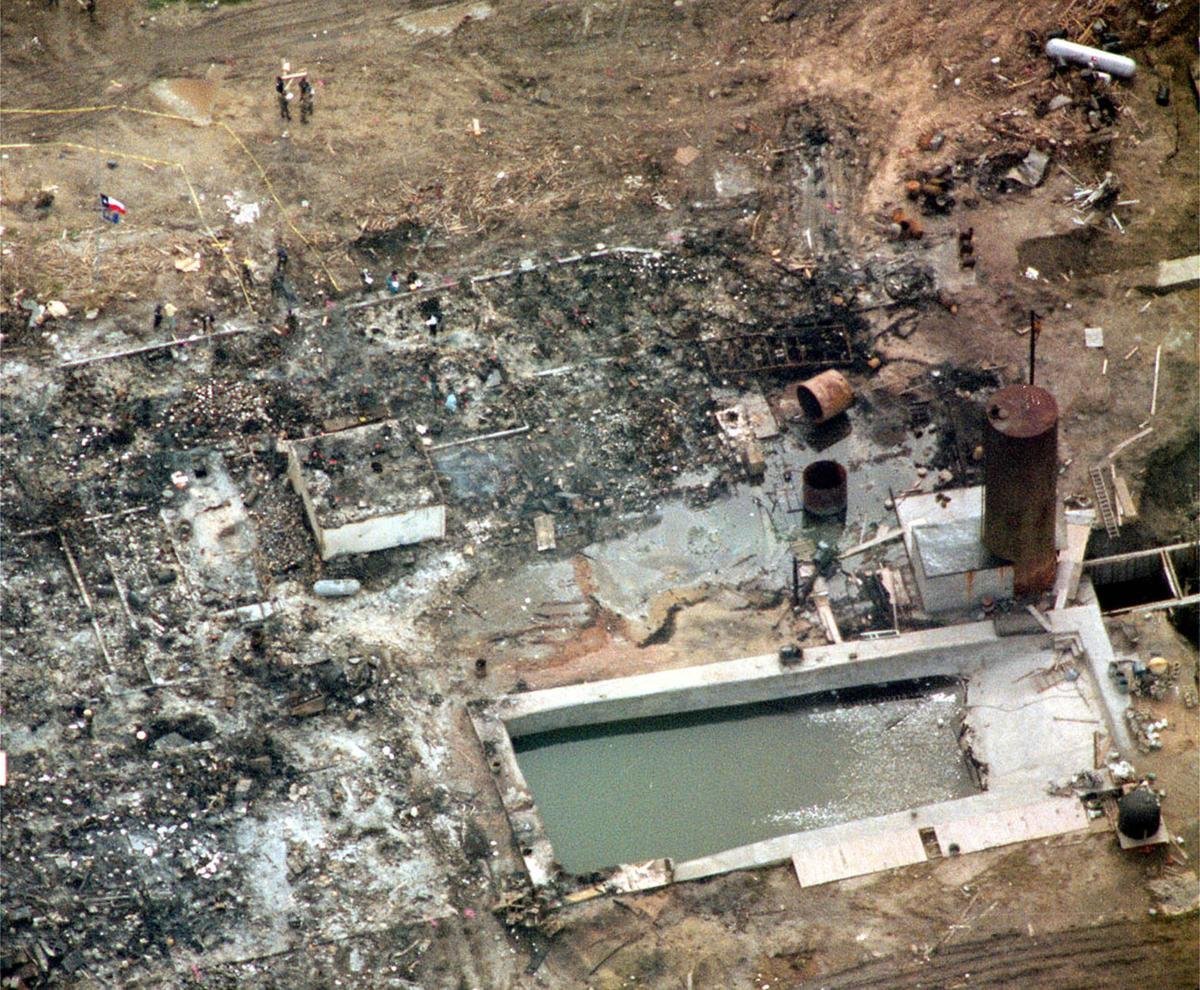
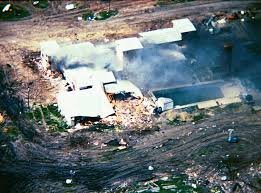
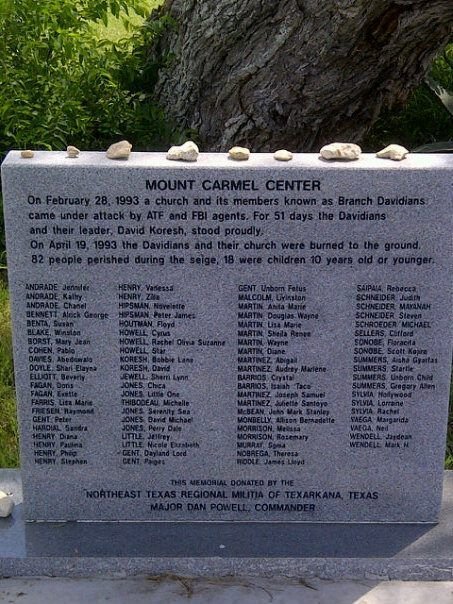
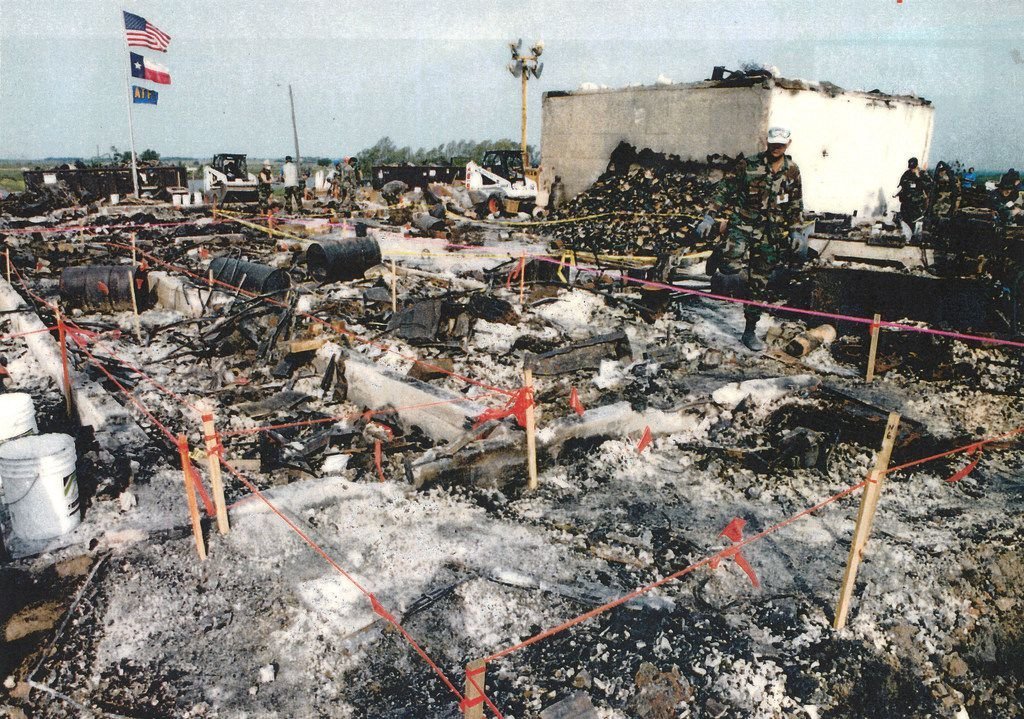
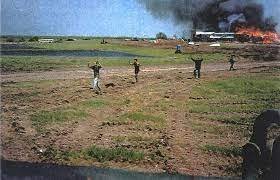
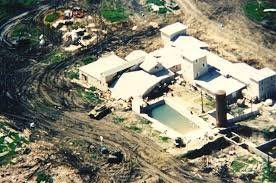
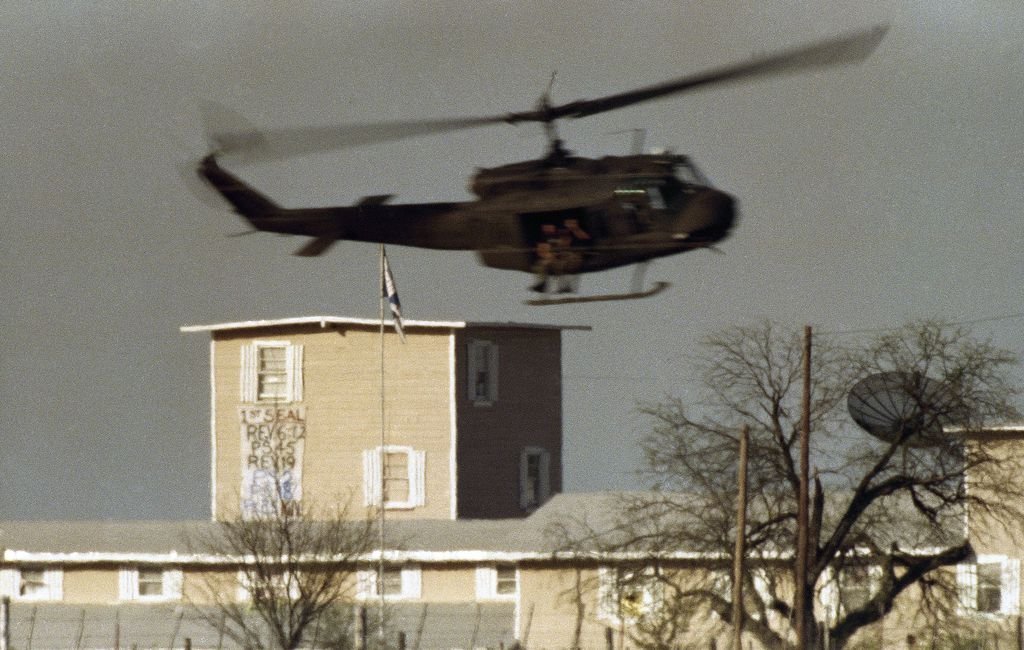
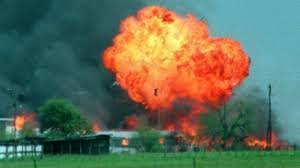
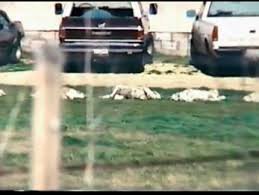

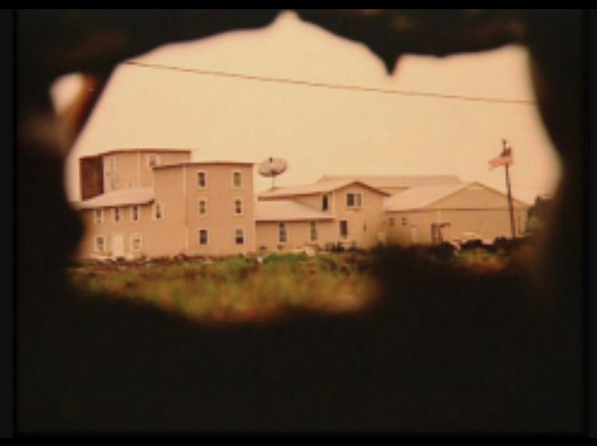

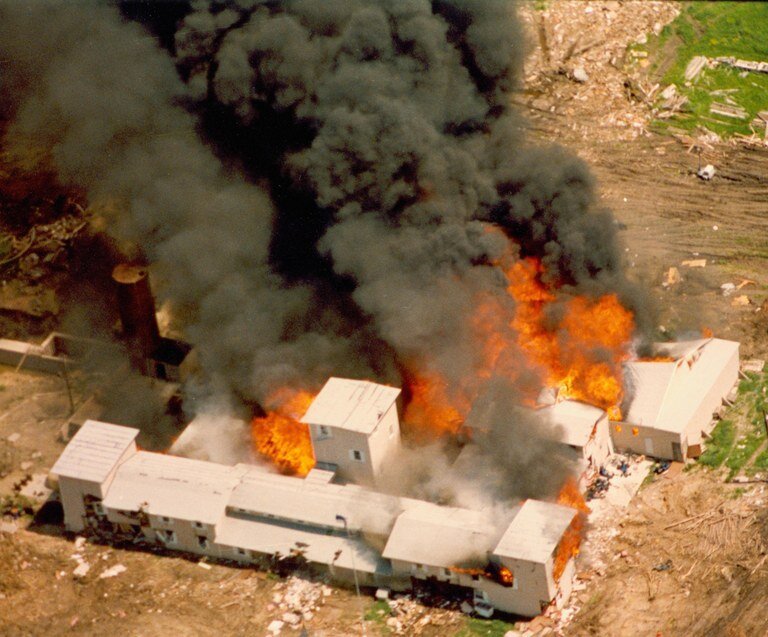

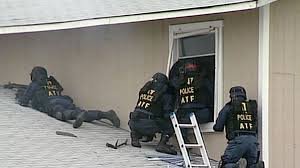
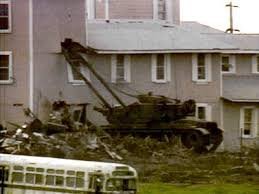
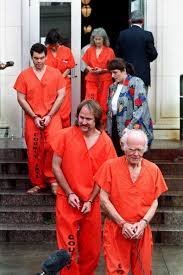
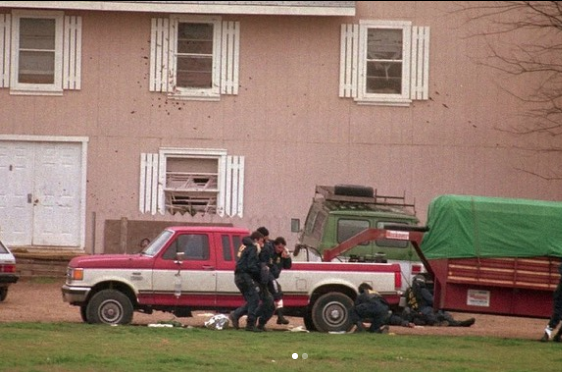
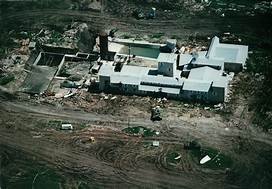
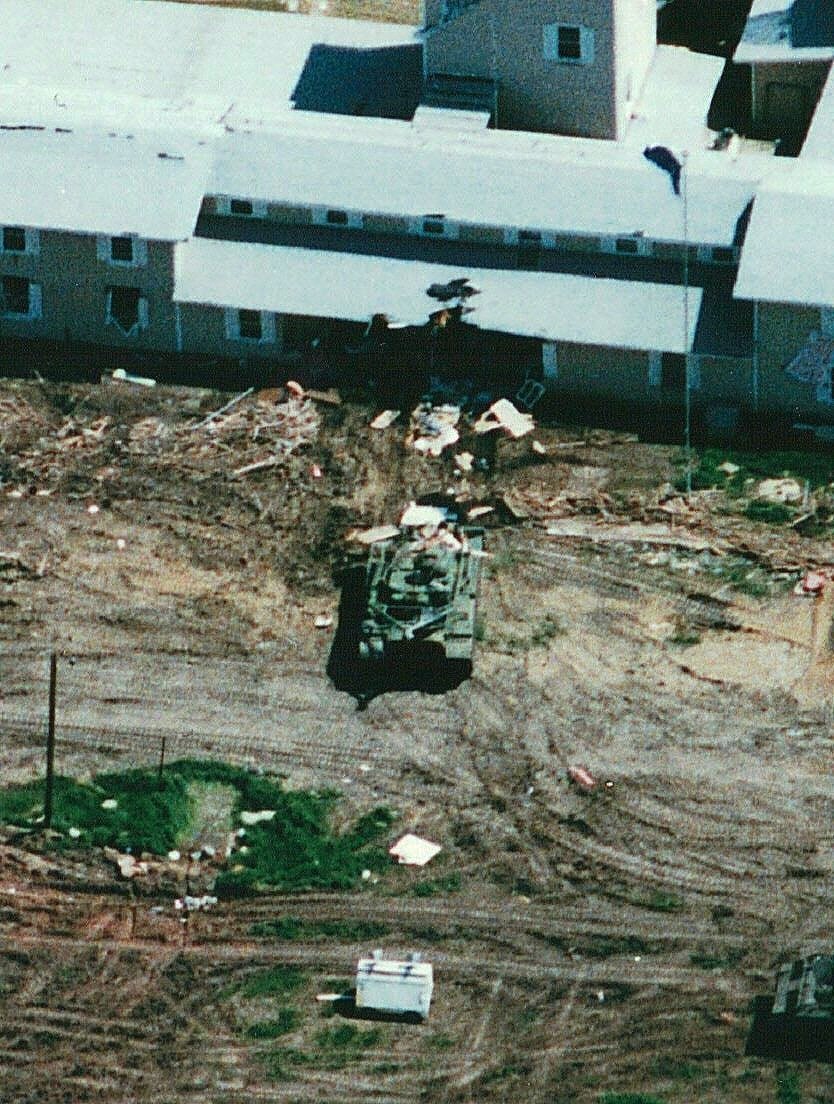
Purchase an autographed copy of WACO: A Survivor’s Story by David Thibodeau
WACO: The Rules of Engagement. The Oscar nominated doumentary that started it all.
Ruby Ridge to Freedom
The Sara Weaver Story





